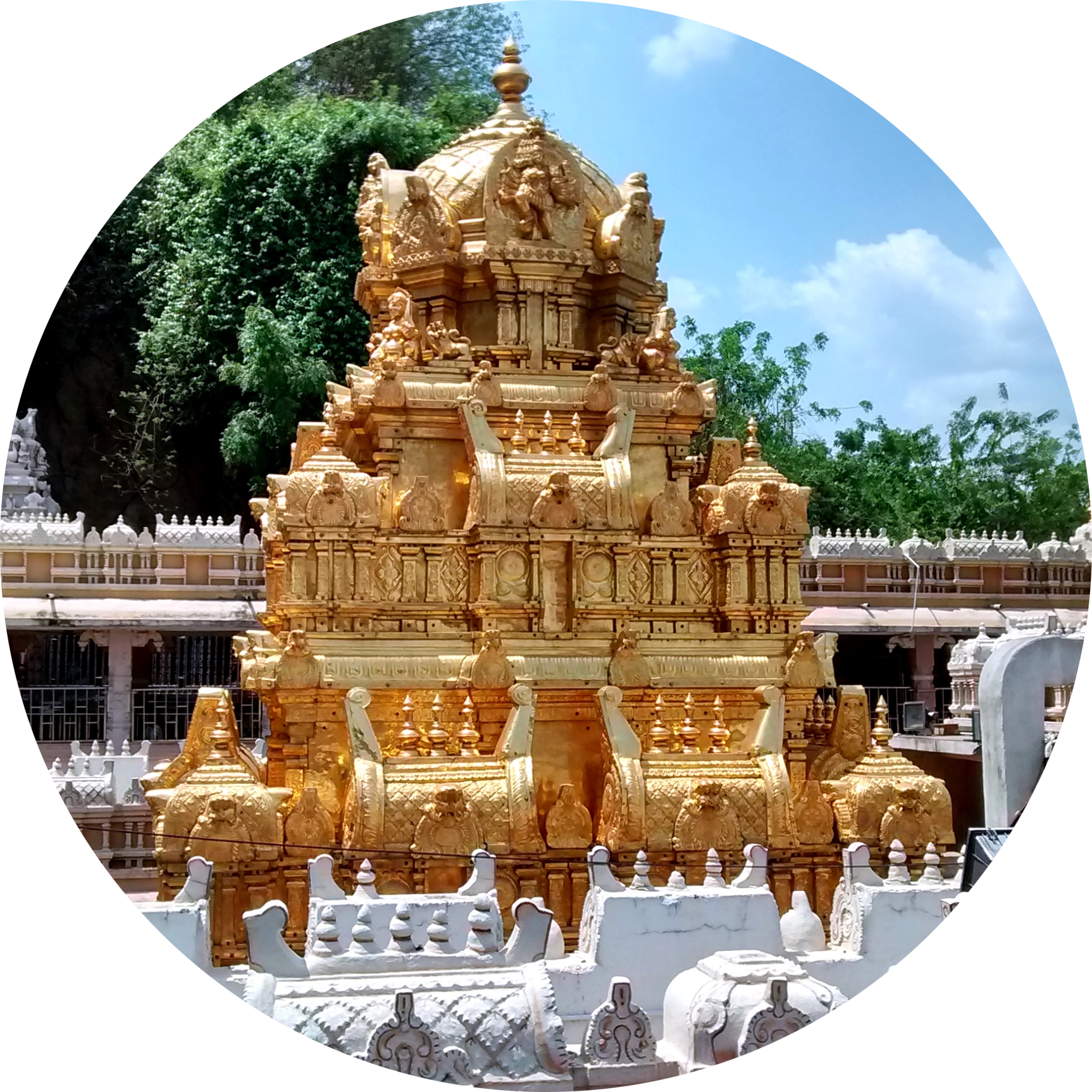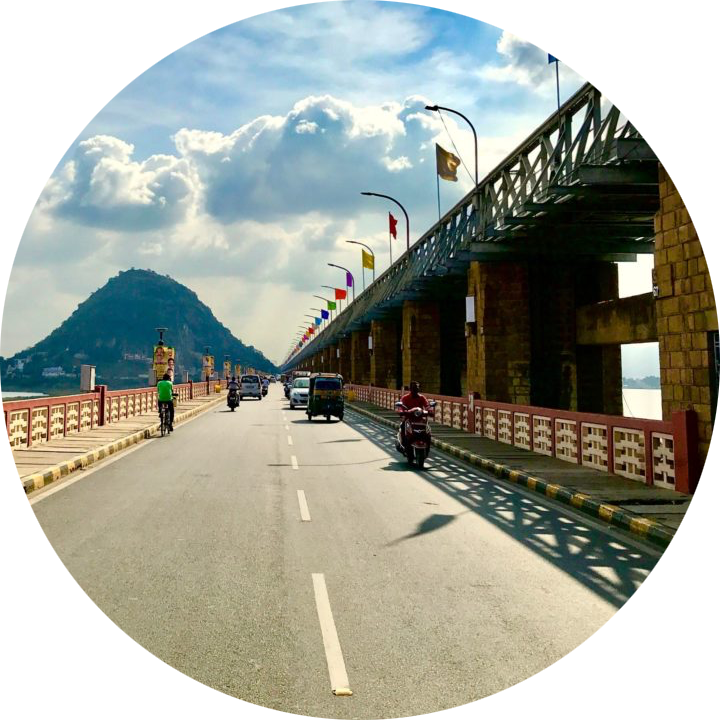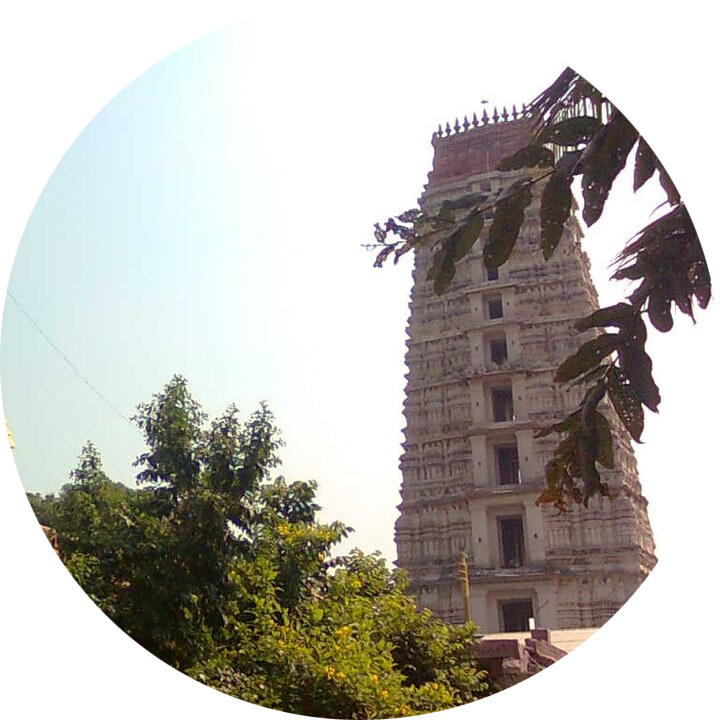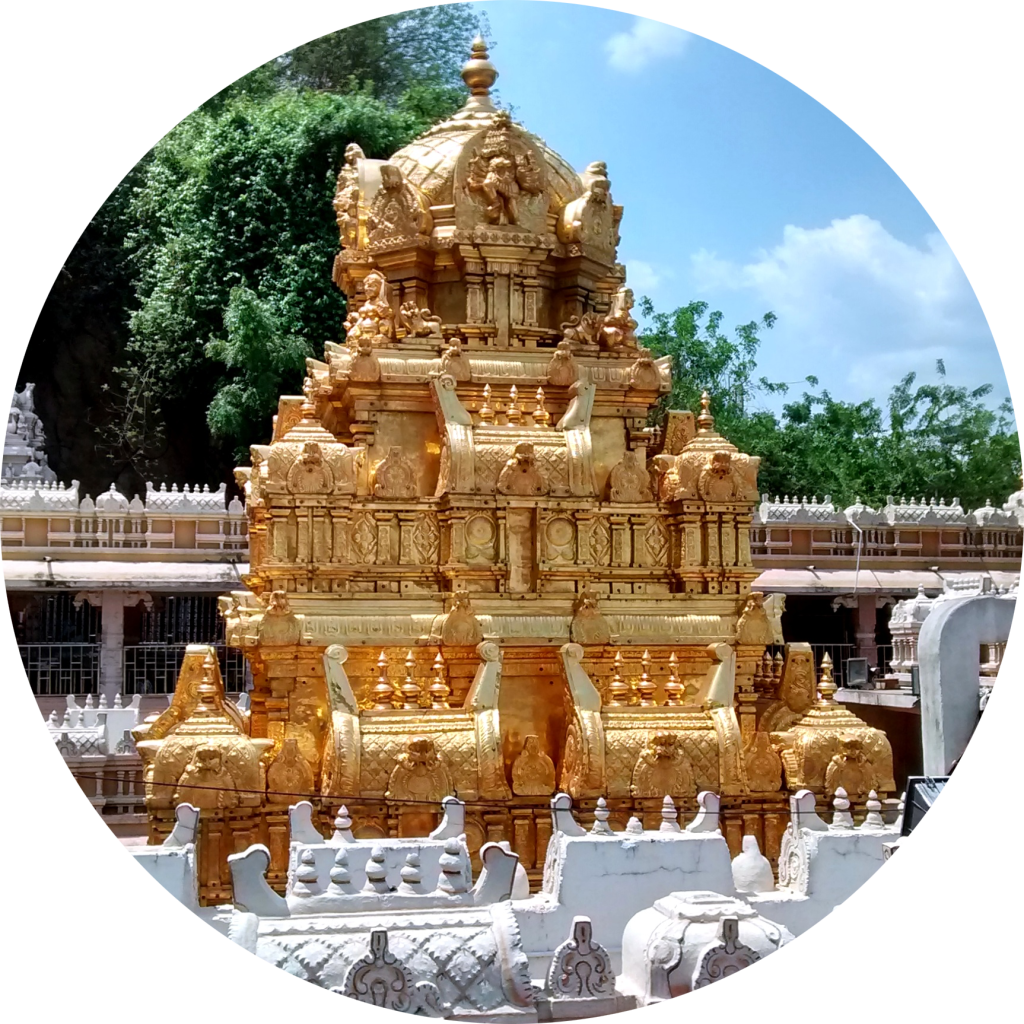About
Vijayawada
Andhra Pradesh, India
About
Vijayawada City
Cultural & Educational capital, Andhra Pradesh, India
Vijayawada, the second-largest city in the state of Andhra Pradesh, is a prominent cultural, commercial, and educational hub of the region. Nestled on the banks of the Krishna River and surrounded by hills, Vijayawada boasts a rich history and has emerged as one of India’s rapidly growing urban centers. Its strategic location, fertile lands, and river-based economy have always contributed to its prominence.
Google Map
Historical
Background
The history of Vijayawada dates back to ancient times. The city’s name is often said to derive from the Sanskrit words “Vijaya” (meaning “victory”) and “Wada” (meaning “place”). According to local legends, the name refers to the goddess Kanaka Durga’s triumph over a demon named Mahishasura, and the deity is worshipped in the Kanaka Durga Temple, one of the most revered places in the region. Another interpretation suggests that the city was named Vijayavatika, which later became Vijayawada.
Vijayawada has been an important city since ancient times, with references to it in the Mahabharata and other ancient texts. It was ruled by various dynasties, including the Satavahanas, Ikshvakus, and later the Eastern Chalukyas and Kakatiyas. During the colonial period, the British developed the city further, especially because of its pivotal role as a trading and transportation hub, thanks to the Krishna River and the construction of the Prakasam Barrage. The railways, which came in the late 19th century, helped establish Vijayawada as a major junction in South India.
Attractions
Some of the important places to visit there are listed below:
Kanaka Durga Temple
Prakasam Barrage
Prakasam Barrage is a vital structure built across the Krishna River in Vijayawada, Andhra Pradesh. Originally constructed in 1855 and later modernized, it was named after Tanguturi Prakasam, the state’s first Chief Minister. The barrage spans 1.2 kilometers and supports irrigation for over 1.2 million acres of farmland, while also serving as a road bridge. It helps manage the water supply for agriculture and drinking purposes, prevents floods, and is a key landmark in the region. Additionally, it is a popular tourist attraction, especially for its evening illumination.
Undavalli Caves
Bhavani Island
Mangalagiri Temple
and many more...
Connectivity
- The Vijayawada Railway Station is one of the busiest in India, connecting the city to major metropolises.
- The Vijayawada International Airport has also enhanced the city’s connectivity to domestic and international destinations.
- The Kanaka Durga Flyover, one of India’s longest flyovers, has eased traffic congestion in recent years.






